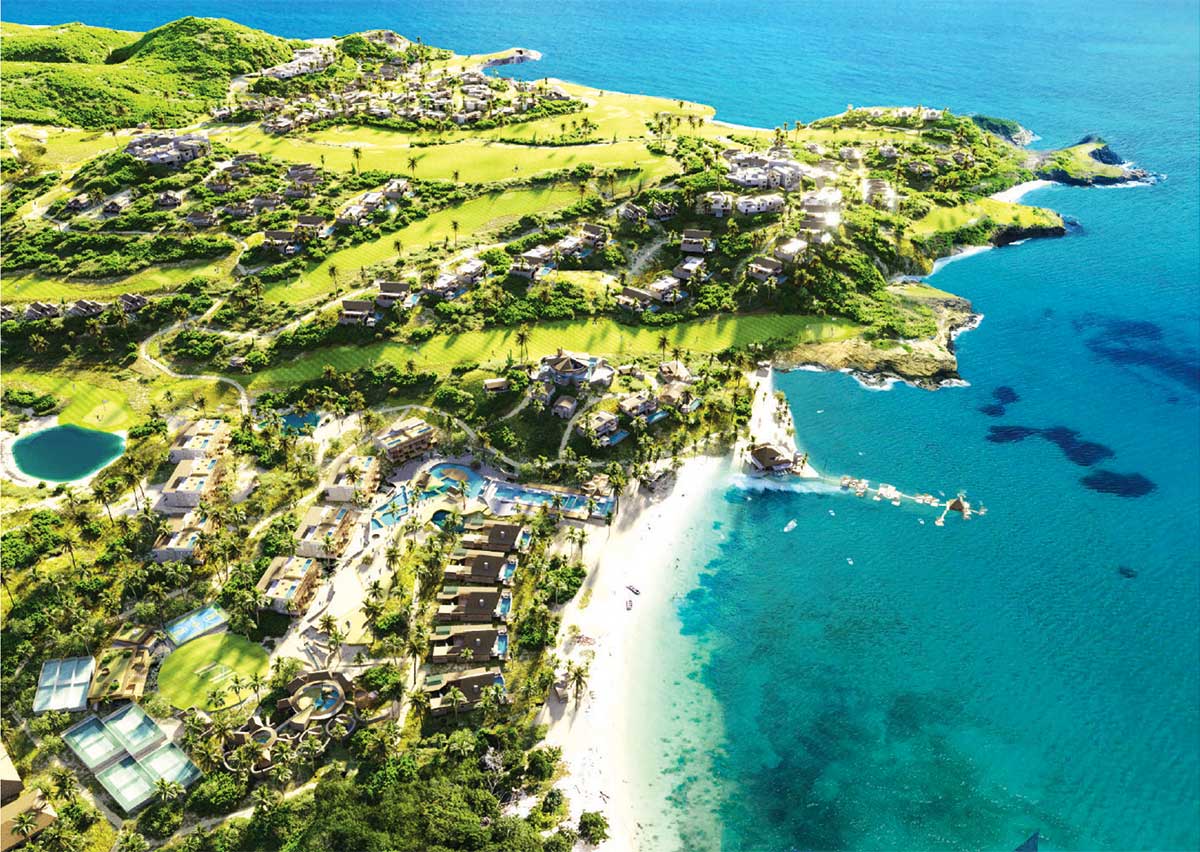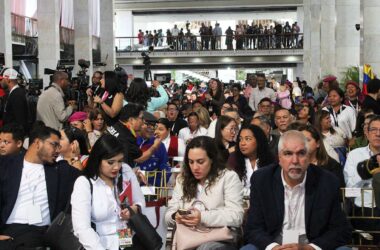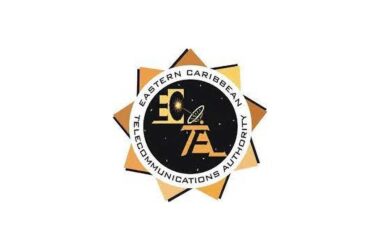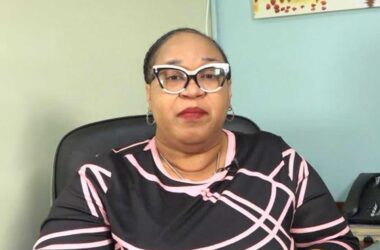THE official findings of an archaeological survey conducted on the northern end of the Cas-en-Bas beach that included a former Amerindian village and burial ground has been released, but this in no way has erased whatever tension that exists between the Saint Lucia National Trust (SLNT) and Cabot Saint Lucia, developers of that particular property.
The Trust and the Archaeological and Historical Society have been lobbying the Government of Saint Lucia and Cabot Saint Lucia to give due respect to the burial ground which they say contains artifacts of the island’s first inhabitants that could be of extreme value to the country.

The concerns of the Trust and the Society about preserving that particular heritage of the country were echoed by many Saint Lucians. A press release from Cabot stated that the survey clears the way for Cabot to continue development on Point Hardy with some recommendations.
A press release from Cabot stated that “The former Amerindian burial ground and its potential archaeological significance, has been the focus of major media attention after concerns were raised by the St Lucia National Trust. The Developers, Cabot Saint Lucia, under the recommendation of the St. Lucia National Trust, engaged the services of eminent and internationally respected archeologist, Dr Reginald Murphy, to undertake a physical study of the area.”
According to the release, the area assessed and researched had been previously studied and excavated. Murphy described his findings as “bittersweet” from an archaeologist’s perspective, as he had hoped to discover significant archaeological remains, but found nothing remarkable.
“As an archaeologist I was somewhat disappointed because I had heard so much about the burial ground aspect of it, only to find the site was severely, severely eroded, and essentially destroyed. I was kind of surprised to see cars driving across it, people parking up, having picnics. The rust from under the wheels of the vehicles gets into the dirt and then the waves come in and wash it away. So the site has been almost totally, I say about 99 percent eroded or washed away. There’s nothing left of it. It’s a big disappointment for me. Again, you know, you’re hoping for a grand find. You want to see a great big archaeological deposits deposition. But also, in a sense, it was a bittersweet situation. Great in the sense that it allowed development to proceed,” Murphy said.
According to the Cabot statement, the Study was a requirement of the Local Development Control Authority (DCA) as part of the approval process for Cabot to start works in that specific area. The statement noted that the Archaeological and Historical Society of Saint Lucia was asked to consult with the DCA and to prepare the terms of reference for the study.
“We advised the DCA, that a proper archaeological assessment be done. The report was completed and was reviewed by us. It was conducted according to the agreed terms of reference and standard practice for archaeological assessment projects around the world, and we’re satisfied that the gentleman who did the work, Dr.Murphy, did what he was asked to do,” the Cabot statement quoted President of the Society, Dr Winston Phulgence, claiming that he confirmed the integrity of the survey.
The Cabot press release stated that Dr Murphy, also noted that based on the need to balance all the elements of his findings on this unique site with the goals of sustainable economic development, he could not advise against the development moving ahead:
…if I’m asked to advise on whether a development should proceed, I weigh the economic value of the job to be created against the value of the heritage, because heritage must be seen to be contributing financially. Otherwise, those sites are not going to be saved. For a heritage site you study it and excavate until there’s nothing left and then you can develop it, but at that point you have the historical document. This is the kind of case I think I would say, yes, it could be developed at this point in time. It’s not my decision to make, but there’s nothing there historically, archaeologically, to stop development,” the press release quoted Murphy as saying.
The Cabot team has welcomed the findings and thanked Murphy for his expertise in conducting the Archeological Study, the National Trust for recommending Dr Murphy and the Saint Lucian Archeological and Historical Society for their valuable input.
The team says it is pleased to have commissioned the study and is satisfied with the results.













